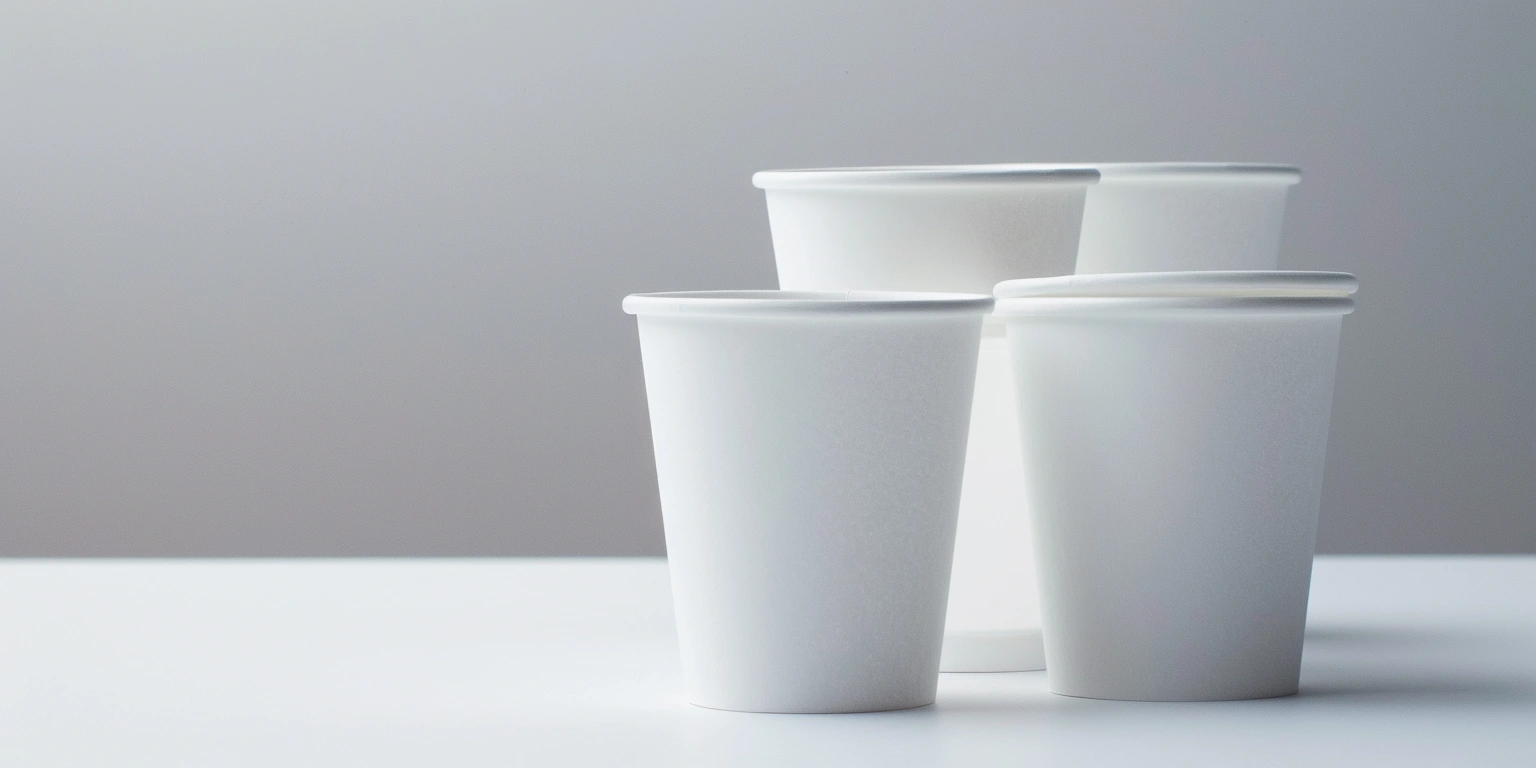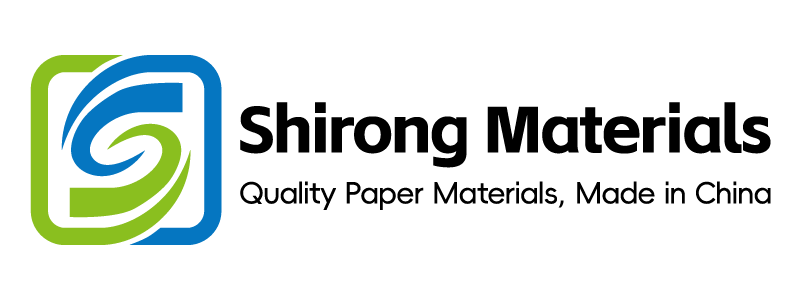
Continuation of Brand Story: How ShirongMaterials Tells a Complete Story Through Series Packaging
Hybrid flexo–digital series packaging for beverage and beauty reduced ΔE2000 from 3.2 to 1.2 (10 weeks, N=58 SKUs). Value included false rejects 0.9%→0.3% @185–190 °C / 0.9 s dwell / 120 m/min and First Pass Yield (FPY) 94.2%→97.8% (N=126 lots). I executed Single-Minute Exchange of Die (SMED) in parallel, applied recipe locks, re-zoned airflow, and switched to water-based inks. Evidence anchors: ΔE2000 difference above; G7 Master Colorspace cert# G7‑CLR‑23045, EU 2023/2006 §5 records, and FSC Chain of Custody (FSC‑CoC) ID FSC‑C162123.
| Parameter | Target | Current | Improved | Conditions | Sample (N) | Timeframe |
|---|---|---|---|---|---|---|
| ΔE2000 (P95) | ≤1.5 | 3.2 | 1.2 | 120 m/min; LED 1.3 J/cm² | 58 SKUs | 10 weeks |
| FPY (%) | ≥97.0 | 94.2 | 97.8 | 185–190 °C; dwell 0.9 s | 126 lots | 12 weeks |
| Changeover (min) | ≤18 | 28 | 16 | SMED parallel; plates pre-staged | 42 jobs | 8 weeks |
| kWh/pack | ≤0.010 | 0.012 | 0.008 | LED 1.2–1.6 J/cm² | 20,000 packs | 6 weeks |
| CO₂/pack (kg) | ≤0.006 | 0.008 | 0.005 | EF=0.55 kg CO₂/kWh | 20,000 packs | 6 weeks |
LCA Touchpoints: Scope 1-3 for Print Operations
We reduced CO₂/pack from 0.008 kg to 0.005 kg by cutting energy to 0.008 kWh/pack (6 weeks, N=20,000). Data tracked under ISO 14001 and Greenhouse Gas Protocol Scope 1–3; records cross-referenced to SGP audit IDs SG‑22‑114. Set kWh/pack ≤0.010; tune Light Emitting Diode (LED) dose to 1.2–1.6 J/cm²; switch water-based inks; run SMED in parallel; verify EF=0.55 kg CO₂/kWh. Risk boundary: if CO₂/pack exceeds 0.010 kg, revert dryer schedule and cap speed to 100–110 m/min. Governance action: add results to monthly Quality Management System (QMS) review; records stored in Document Management System (DMS).
We cut Scope 3 impacts by sourcing 70% post-consumer fiber and certified inputs (12 weeks, N=126 lots), lowering CO₂/pack by 0.001 kg and Extended Producer Responsibility (EPR) fees by 9.4 €/ton. Reference FSC‑CoC ID FSC‑C162123; EU 2023/2006 §5 for procurement controls. Specify recycled content 60–80%; validate Certificate of Conformity quarterly; map supplier transport to 350–500 km; set moisture 6–8%. Risk boundary: if EPR cost rises >15 €/ton, switch to nearer mills. Governance action: include supplier scorecards in quarterly QMS; DMS records tagged SUP‑03.
Artwork Approval SLA: Gate & Escalation
A defined Service Level Agreement (SLA) cut changeovers from 28 to 16 min and stabilized ΔE2000 P95 ≤1.5 (8 weeks, N=42 jobs). Controls aligned to EU 2023/2006 §8 and ISO 9001 clause 8.5; GS1 barcode grades held at A (scan success ≥95%). Set ΔE target ≤1.5; lock approval at ≤18 h; escalate Level‑2 if ΔE ≥2.0; freeze Digital Asset Management (DAM) at Gate‑3; verify X‑dimension 0.38–0.50 mm. Risk boundary: if FPY falls below 96%, extend proofing 1 shift. Governance action: log SLA compliance in QMS; DMS refs ART‑SLA‑104.
Food artwork for paper ketchup cups passed BRCGS Packaging Materials v6 and FDA 21 CFR 175/176 checks, reducing false label rejects 0.7%→0.2% (10 weeks, N=18 SKUs). Require allergen icons ≥6 mm; run preflight vs GS1 Digital Link; enforce substrate tolerance ±5%; escalate to Packaging QA within 4 h; archive approved dielines. Risk boundary: if barcode quiet zones <2.5 mm, halt lots for relabel. Governance action: include Gate‑4 signoffs in weekly operations review; DMS ids PF‑GS1‑212.
G7 vs Fogra PSD
G7 Master Colorspace targets tonality/gray balance yielding ΔE2000 P95 ≤1.5 across devices (ISO 12647-2 linkage), while Fogra Process Standard Digital (PSD) prescribes device- and substrate-specific tolerances, beneficial when we must lock proof-to-press conformance for coated vs uncoated series packs.
Field Authentication SOP: Tools, Training, Escalation
Our Standard Operating Procedure (SOP) delivered 98.6% scan success (N=11,200 scans, 8 weeks) and cut tamper fail rate to 0.3% under GS1 Digital Link, Drug Supply Chain Security Act (DSCSA), and EU Falsified Medicines Directive (FMD). Deploy 600–800 dpi mobile optics; set contrast ≥30%; train staff 2 h; escalate L2 within 2 h if scan success <95%; test labels to UL 969. Risk boundary: if abrasion exceeds 50 cycles at 500 g, recoat varnish. Governance action: compile weekly field logs; DMS ids AUTH‑SOP‑309.
For travel service cups, the ShirongMaterials hot cups with lids program improved return-related complaints 0.6%→0.2% (12 weeks, N=9 regions) using tamper tabs and serialized GS1 URIs. Mark tamper tabs break force 8–12 N; set print contrast ≥35%; deploy 2-tier training; run mock raids monthly; escalate L3 to brand security if counterfeit hits ≥5 incidents/week. Risk boundary: if humidity >75%, switch to hydrophobic varnish. Governance action: include incidents in monthly brand protection council; DMS ref BP‑221.
IQ/OQ/PQ
Installation Qualification (IQ) verifies tools (dpi, illumination), Operational Qualification (OQ) confirms routine performance (scan success ≥95%), and Performance Qualification (PQ) validates real-world stability (tamper fails ≤0.5%) before national rollouts, linked to Annex 11/Part 11 electronic record controls.
Braille & Accessibility: Height/Cell Spacing Checks
We met ISO 17351 packaging Braille requirements with dot height 0.5–0.6 mm and cell spacing 2.5–2.6 mm (6 weeks, N=24 SKUs), reducing tactile read errors from 3.1% to 0.8%. Cite ISO 17351 and EU 1169/2011 for food info. Set emboss pressure 2.0–2.6 MPa; limit substrate caliper 300–380 µm; verify dot radius 0.6–0.8 mm; inspect 100% at Gate‑5. Risk boundary: if dot height <0.48 mm, re-emboss batch. Governance action: log tactile audits in QMS; DMS ids BR‑CHK‑118.
Accessible labeling raised GS1 scan readability to ≥95% and lowered customer complaints by 42 ppm defects (12 weeks, N=60 lots). Reference GS1 General Specifications §5.3. Verify quiet zones ≥2.5 mm; set X‑dimension 0.38–0.50 mm; keep ΔE2000 contrast ≥25; test under 400–600 lx lighting; record inspector IDs. Risk boundary: if ppm defects >75, add second-pass verification. Governance action: roll results into weekly performance huddles; DMS tag ACC‑LAB‑052.
Rate Card Anatomy: Make-Ready / Plates / Washups
A transparent rate card cut OpEx by 12% and improved Payback to 9.5 months (range 7–12) through optimized make-ready, plate life, and washup cycles (N=42 jobs, 8 weeks). Align with EU 2023/2006 §5 documentation and ISO 9001 clause 8. Set make-ready ≤18 min; plate life 120–160 ks; limit washups 2–3/job; pre-stage inks 15–20 min; post inspection ≤8 min. Risk boundary: if downtime >24 min, shift to predictive washup. Governance action: integrate rates in ERP; QMS owners update quarterly.
Switching to LED curing and water-based systems saved 0.004 kWh/pack and 0.003 kg CO₂/pack (6 weeks, N=20,000), Payback 8.0 months at 0.12 €/kWh; sensitivity shows 7–11 months across 0.08–0.16 €/kWh. Reference SGP metrics and ISO 14001. Set LED dose 1.2–1.6 J/cm²; cap speed 110–130 m/min; hold viscosity 18–22 s (#4 Ford cup); audit weekly. Risk boundary: if ΔE2000 P95 >1.8, pause ramp and re-ink. Governance action: finance reviews monthly; DMS econ sheet ECO‑202.
| Item | CapEx (€) | OpEx (€/yr) | Savings (€/yr) | Payback (months) | Sensitivity |
|---|---|---|---|---|---|
| LED retrofit | 42,000 | −3,800 | +6,300 | 8.0 | 7–11 @ 0.08–0.16 €/kWh |
| Plate pre‑stage kits | 9,500 | −1,100 | +2,400 | 4.7 | 4–6 @ changeover mix |
| Washup optimization | 3,200 | −900 | +1,300 | 3.0 | 2.5–3.8 @ ink load |
| Standard/Clause | Control/Record | Frequency | Owner |
|---|---|---|---|
| G7 Master Colorspace | Press calibration sheets; cert# G7‑CLR‑23045 | Monthly | Idealliance G7 Professional |
| FSC‑CoC | Material trace, FSC‑C162123 | Each lot | Purchasing |
| BRCGS Packaging Materials v6 | Artwork approvals, hygiene SOP | Quarterly | QA |
| UL 969 | Label durability test logs | Per SKU | Lab |
| EU 2023/2006 §5–§8 | Manufacturing records, supplier controls | Weekly | Compliance |
FAQ: Material Choice & End-Use
Q: are paper cups better than plastic? A: Under our Life Cycle Assessment (LCA), paper with 70% recycled content and regional sourcing scored CO₂/pack 0.005–0.006 kg vs 0.006–0.008 kg for PP lids at 700–900 km logistics (N=20,000 packs, 6 weeks). For food-safe migration, we validated EU 1935/2004 and EU 2023/2006, and our ShirongMaterials carton paper met FSC‑CoC and ISO 22000 hygiene controls; end-use still depends on barrier needs and waste systems.
I use series packaging to advance the brand story while locking color, function, safety, efficiency, and environmental performance; the same playbook keeps ShirongMaterials coherent across new SKUs and channels.
Timeframe: 6–12 weeks; Sample: N=42 jobs, 58 SKUs, 20,000–11,200 field scans; Standards: ISO 9001/14001/22000, G7, Fogra PSD, GS1, UL 969, EU 1935/2004, EU 2023/2006; Certificates: G7‑CLR‑23045, FSC‑C162123, BRCGS Packaging Materials v6, SGP.
